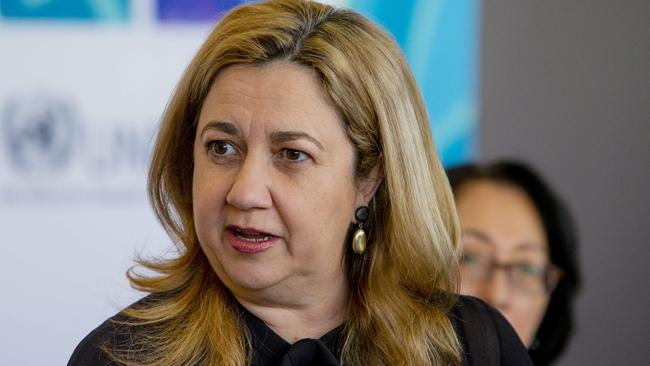
Lawyers with legalese unwittingly raise further obstacles to the wider public’s comprehension of DNA’s crucial role in crime fighting. But there should be no misunderstanding about what is at stake with DNA and crime in Queensland right now.
In plain language, one of the most alarming and systemic crises to confront the state’s criminal justice system is being revealed at the start of a royal commission-style inquiry.
Inquiry head Walter Sofronoff’s interim findings – delivered before a single witness has been sworn in to give evidence – are gravely serious.
Strip the scientific mumbo-jumbo and legalese away and what we’re left with are findings that mean when it comes to major crimes and potential DNA, victims in Queensland are hurt twice. Firstly by the offenders, and secondly by the state’s DNA testing system.
We are talking about victims of rapes. Of child sexual abuse. Of horrific murders and cowardly serious assaults.
All of these victims of major crimes should always – no ifs or buts – benefit from exhaustive and forensic focus by the state’s DNA testing lab of the human cells left behind in rapes and killings.
Instead, Queensland Health scientist-managers in charge of the lab take it upon themselves to play god with the potentially incriminating evidence.
These public servants – who would be stood down for incompetence if they were in the private sector – have put the lab’s KPIs and obsession with backlog and waiting lists ahead of the safety of the wider public.
The effect of their wrongheaded decisions to minimise testing and mislead the criminal justice system with untrue reporting about the potential presence of DNA in crime scene samples will be obvious.
The effect, inevitably, is that dangerous criminals walk free. To offend again.
We’ll soon hear from some of the scientists who have been in charge of the laboratory as it got away with bad science for years. They will surely be compelled to give evidence in this inquiry.
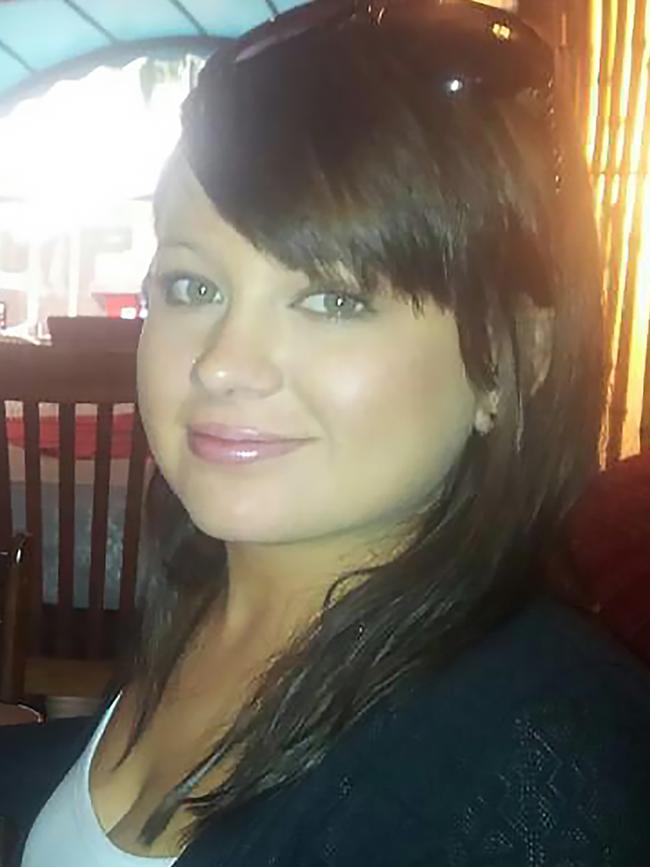
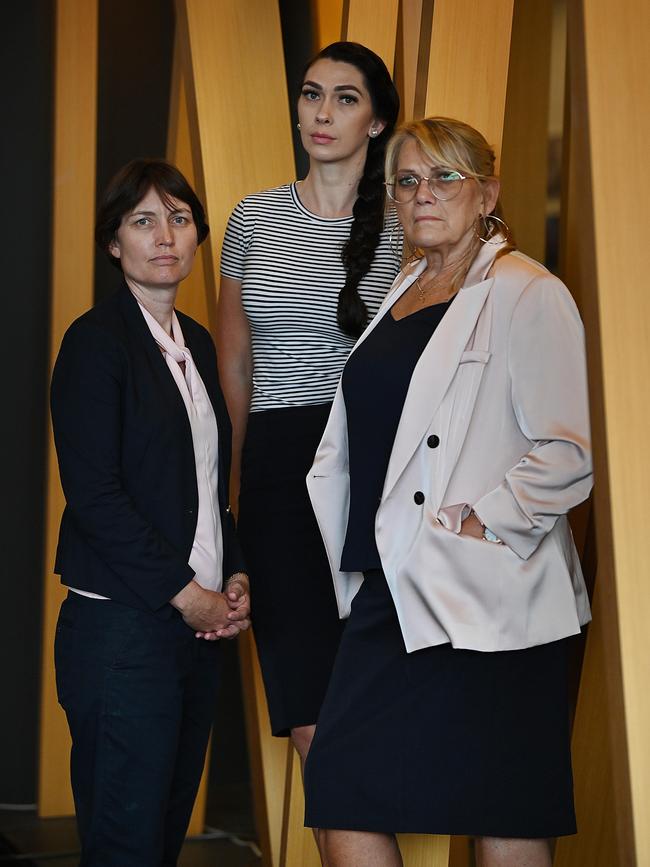
Victims of crime stood no chance. The scientific managers even bamboozled heads of the Queensland police into accepting a substandard, unforgivable model of DNA detection.
And they, or more senior bureaucrats in charge, succeeded in spinning the Health Minister, Yvette D’Ath, and Premier Annastacia Palaszczuk as The Australian and the Shandee’s Story podcast series were exposing the dire situation since late last year.
The public servants would have continued and got away with it too, were it not for the courage of forensic biologist Kirsty Wright. Dr Wright started out by highlighting in the podcast alarming problems with the testing of DNA in Shandee Blackburn’s 2013 murder. Then she kept going to prove gross negligence in numerous other cases.
Dr Wright told me in January this year when the politicians and bureaucrats were still hosing down calls for a public inquiry: “I said to you a few months ago, I think Shandee’s case is the tip of a really large iceberg. I really did not want that to be true.
“I feel sick to the bottom of my stomach that this is going on. And I understand the gravity of these findings. Something has to be done. This can’t be swept under the carpet.”
All those boffins and managers who tried to silence Kirsty Wright, who worked to undermine the concerns we were raising in Shandee’s Story, are arguably complicit in the attempted cover-up.
Why have other highly qualified scientists, who are still employed in the lab having adopted processes which they must have known were defective and certain to let criminals walk, not spoken up before?
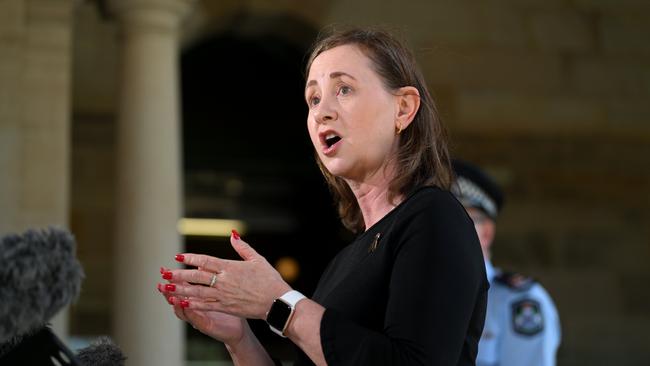
What about the senior police with their own longtime misgivings? The state’s Ombudsman? The Crime and Corruption Commission? The Office of the Director of Public Prosecutions?
If the watchdogs and pillars of the system have failed too, Walter Sofronoff’s inquiry might tell us why.
In 2005 after a commission of inquiry run by former Supreme Court judge Geoff Davies into the dysfunction in Queensland Health, he described “a culture of concealment”. The problems were ingrained. Systemic. History repeats itself. Poor DNA detection rates from the DNA lab have been talked about behind closed doors by cops and lawyers and scientists for years.
They knew the lab was dodgy, perhaps broken, but they couldn’t get behind the screens to work it all out. They didn’t speak up.
As a result, a hidden crisis gathered momentum, affecting more cases – until Dr Wright, with a bit of spare time on her hands, agreed to help me understand a suspicious lack of DNA evidence in the brutal stabbing murder of Shandee Blackburn as she walked home from work in the sugar and mining town of Mackay in central Queensland.
The inquiry head, Mr Sofronoff, and his team of lawyers and investigators are all over it now.
Let his public inquiry remove the deeply misleading scientific veil and tell Queenslanders, in blunt terms, what has gone wrong, who is responsible, why they got away with it, and how the system gets fixed.
With proper retesting of the DNA at major crime scenes, there’s still a chance the police can arrest and charge the criminals who were permitted to get away with their violent deeds for years.
That should become the unrelenting focus of the cops for years ahead.




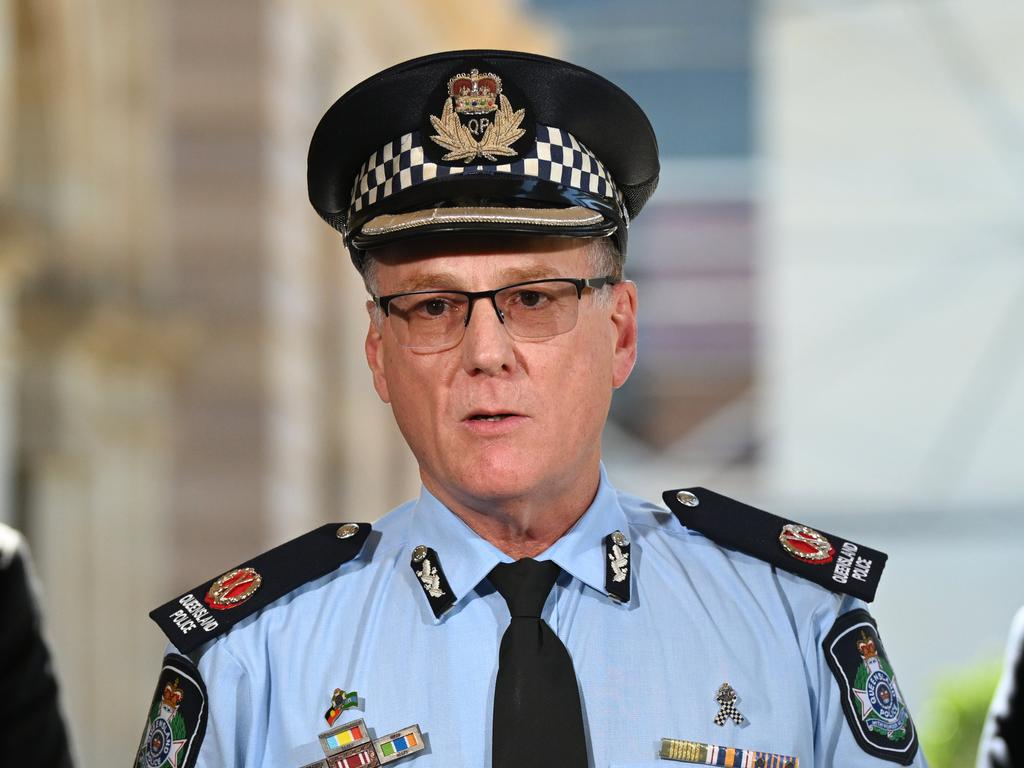


Scientists who use clumsily complicated explanations of the process of taking and testing DNA are apt to baffle the rest of us.